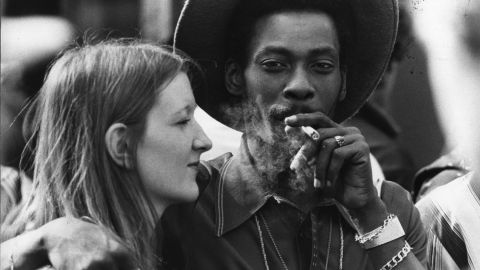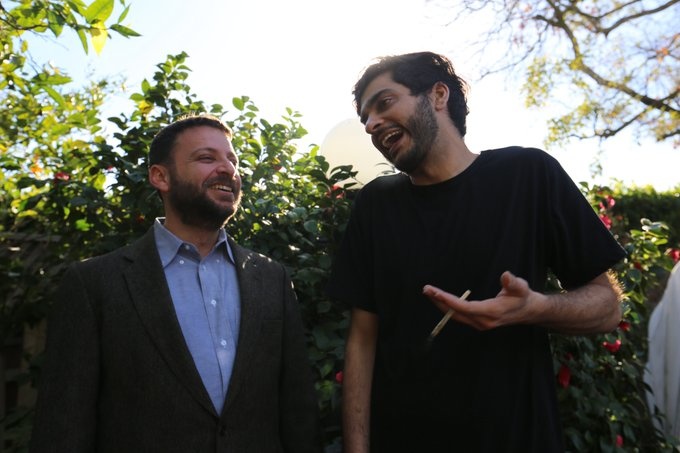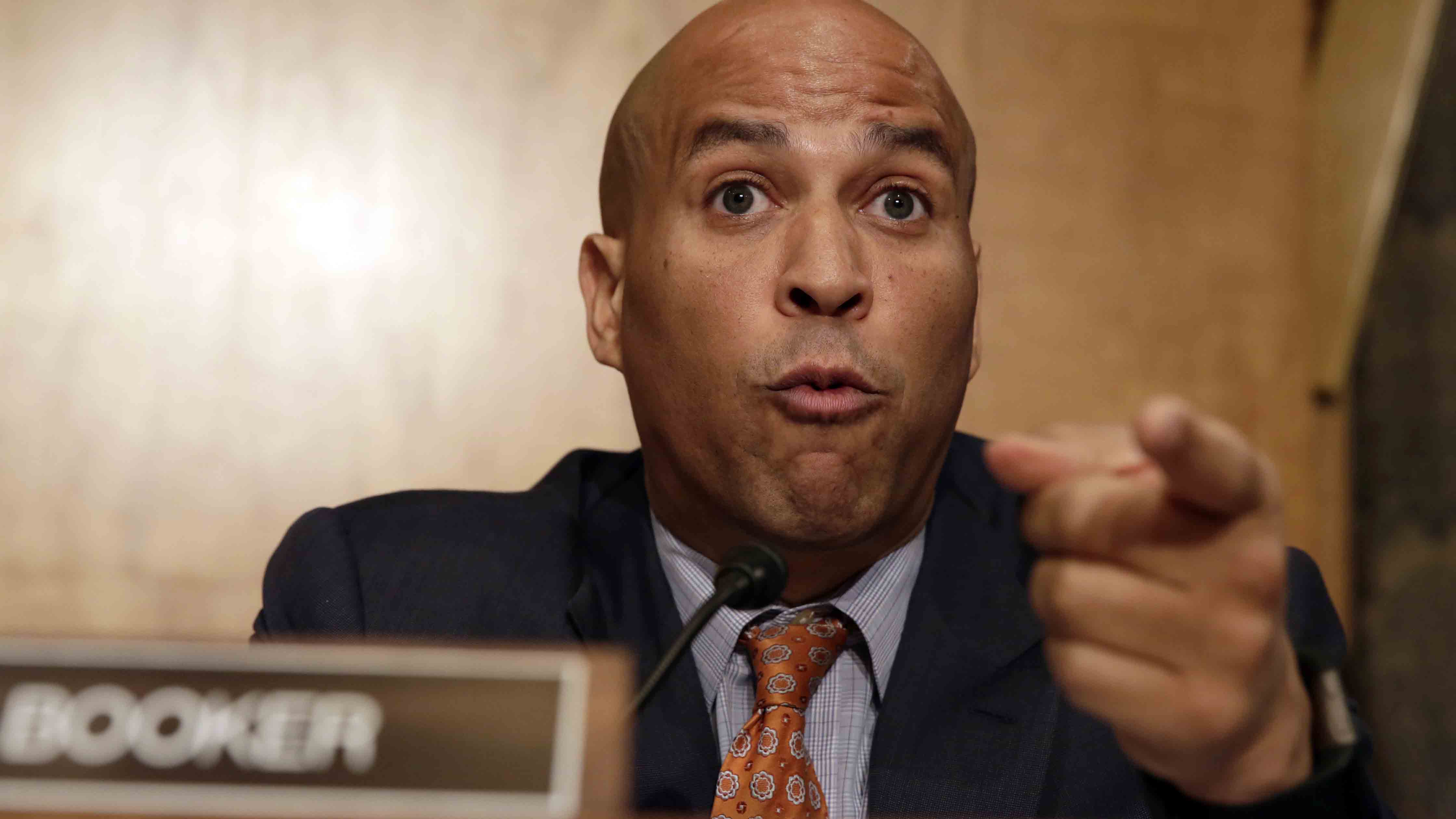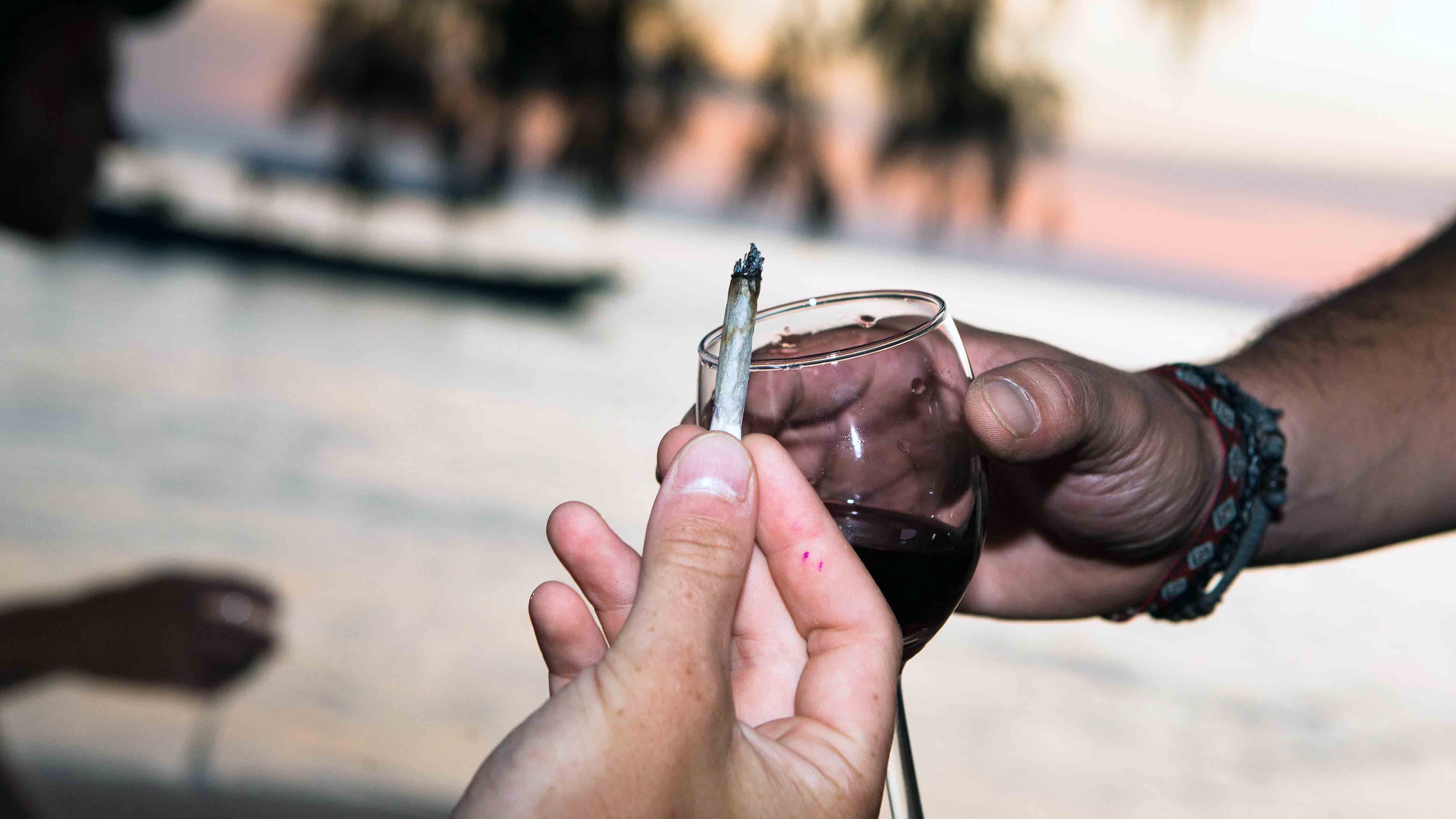How Did Marijuana Become Illegal in the First Place?

For a plant that humans have utilized for millennia—our brain’s endogenous cannabinoid receptors make us easy targets—restrictions are recent. In his book, Marijuana: A Short History, Brookings Institution senior fellow John Hudak points to the 1906 Federal Food and Drug Act as the beginning of what would become a series of legislative acts and fear-mongering campaigns associating marijuana with a variety of cognitive and bodily diseases, most of which are patently false.
The 1906 act did not restrict marijuana, Hudak writes, but did expand the federal government’s power regarding drugs. Three years later Congress passed the Opium Exclusion Act to create skepticism over an influx of Chinese immigrants. This association of drugs with foreigners proved to be a winning algorithm. Two decades later the Food, Drug, and Insecticide Administration was formed; in 1930 the name was shortened to the FDA.
Enter Harry J. Anslinger, already busy getting his rocks off busting alcohol producers during Prohibition. For the next three decades Anslinger made it a personal goal to publicly discredit marijuana (and the ethnic groups associated with it), touring the country speaking to police and local civic organizations. It was not a far stretch from previous crusade. Hudak writes,
Like alcohol, marijuana was painted as a scourge on society, ruining the moral fabric of America, breaking up families, and decreasing Americans’ capacity for gainful employment.
Anslinger manipulated data to his own ends. In one essay he wrote that while a marijuana cigarette can make you a philosopher or musician it can just as easily turn you into a murderer. Anslinger showed special disdain for Mexicans; the term ‘marihuana’ comes from our southern neighbor, an easy target for his ethnic targeting—a trend still being perpetuated with one presidential candidate’s call for a wall. The Marihauna Tax Act of 1937 was the government’s first attempt at criminalizing the plant.
Coming out of the Great Depression and enduring World War II, Americans were fed up with interventionism even if race baiting made for a good time. By the time the sixties rolled around Anslinger remained vehement toward substances as ever, but the fringes ignored potential prosecution in a combined power of civil rights and personal experimentation.
In the previous decade Eisenhower had released a scathing report treating marijuana users like felons with harsh prison sentences, but by 1963 Kennedy signed Executive Order 11706, which questioned the purported dangers of marijuana. His successor, Lyndon Johnson, did not change the penalties but did question whether or not our society treated addicts properly. He hoped to rehabilitate low-level offenders instead of sentencing them. Then Nixon came into power and that quickly ended. Hudak continues,
While Lyndon Johnson at times acknowledged treating drug use and addiction as a public health problem, Richard Nixon believed drugs to be a criminal element and a scourge on society—their use to be punished, their existence to be stamped out.
Nixon has previously employed a ‘Southern Strategy’ to vilify minority groups and hippies. Once in power, any substance entering their bodies made for banishment. Just as religious leaders need to invent a devil to sustain power, politicians require the other if their aim is to build a fanatical following. Today we associate the ‘War on Drugs’ to Reagan and his wife’s ‘Just Say No’ campaign, but it was in 1971 that Nixon signed Executive Order No. 11599 to declare drugs America’s existential enemy. That war continues to rage today, however diluted and ridiculous it’s become.
And yet, to the thousands of young, mostly black and Latino men escorted to jail for marijuana, this war is anything but over. It has only recently come to light that Nixon specifically targeted minority populations when announcing his war, though for decades American society has witnessed its devastating consequences. This is counter to how legislation is supposed to operate. Hudak concludes,
Public policy at its finest involves trial and error where jurisdictions function as laboratories until best practices gradually emerge and the system’s functioning continues to improve. Improvement and refinement over time is an absolute necessity for marijuana policy, especially since it is very likely that state systems will only expand.
There are many growing pains ahead for marijuana in America. Businesses are being taxed at extraordinary rates yet, since their product is not federally sanctioned, cannot enjoy deductions available to other ventures; misinformation persists as scientific research is impossible due to its Schedule 1 status; ludicrous consumer tax rates (up to 100 percent) keeps the black market alive; corporate intervention is already closing down mom and pop grows that have kept marijuana available to the public for decades.
There are no easy answers, but as Hudak suggests in his fine book, we have to seriously question marijuana policy. In state after state citizens are exercising their democratic right to decide how to treat their bodies. So long as the government keeps longstanding racist, fear-mongering barriers in place we’re never going to reach amiable conclusions that work in the best interest of our nation.
—
Derek Beres is working on his new book, Whole Motion: Training Your Brain and Body For Optimal Health (Carrel/Skyhorse, Spring 2017). He is based in Los Angeles. Stay in touch on Facebook and Twitter.





